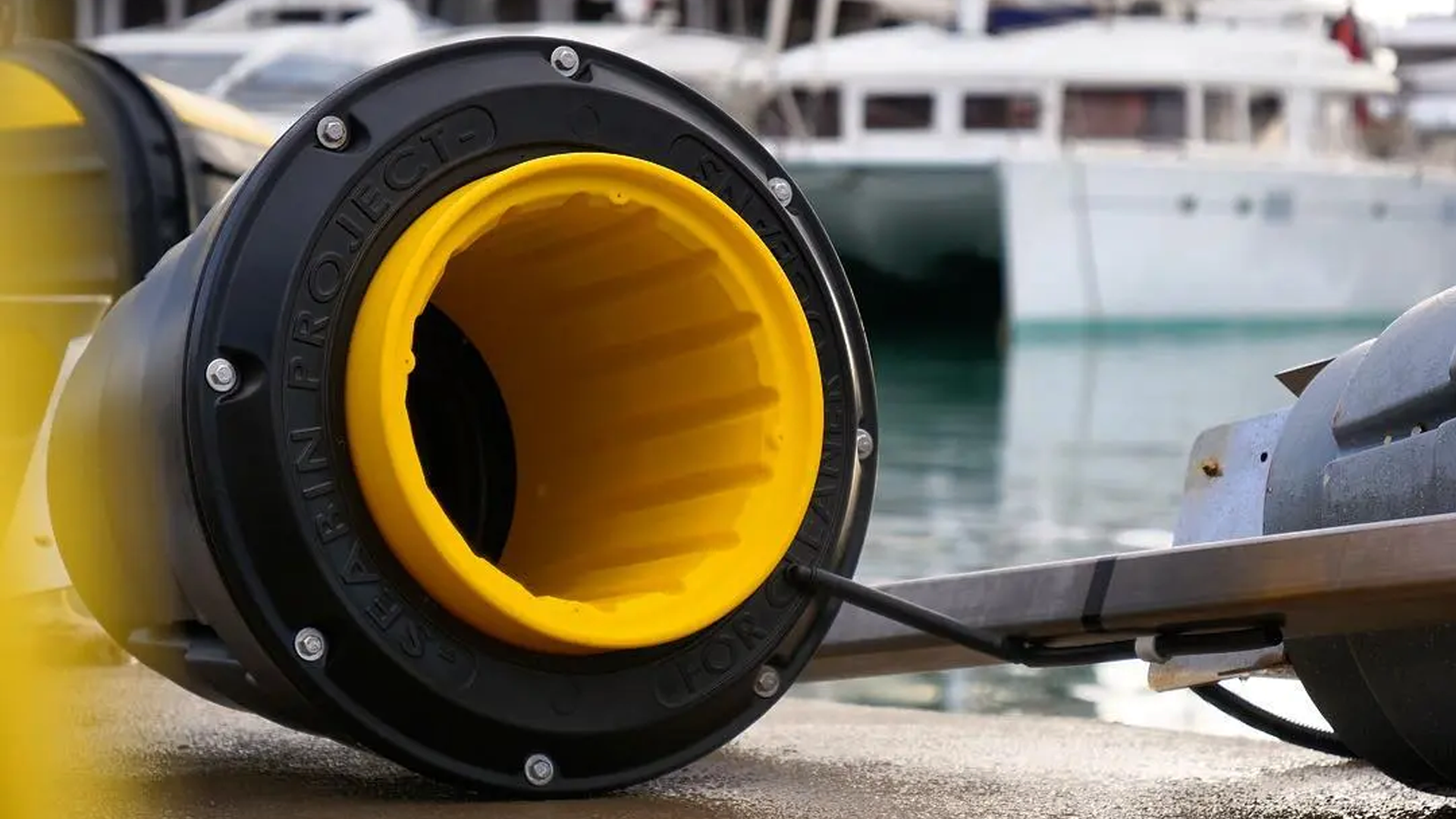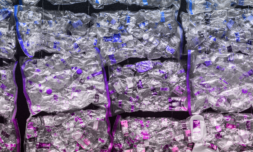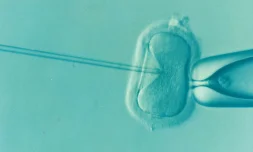A new floating rubbish container called the ‘Seabin’ could help prevent marine and port waste from entering our oceans, making the entire process more affordable.
Could floating trashcans become the future of ocean clean-ups?
A new Australian start-up called the ‘Seabin Project’ is certainly hoping so. Founded in 2015 by surfer and environmentalist Pete Ceglinski, this small company has created an affordable wastage management solution called the ‘Seabin’ that can help to sort out the 2 million kilos of plastic that’s dumped in our waterways every single day.
Ceglinski is also running a Global Ambassador Program alongside the Seabin that’s designed to raise awareness about the damage of plastic pollution in schools, with the long-term aim of re-educating the public and reducing the need for ocean clean-ups altogether. This nifty new project will do for now, though, and should help to collect a significant amount of plastic bottles, bags, and cigarette butts from areas with high human activity.
How does the Seabin work?
Aesthetically not unlike a regular bin, the Seabin is placed underwater where just the rim is visible. As water is sucked through its interior, debris is caught in a mesh net and the newly cleansed water is released through the bottom.
Equipped with an underwater pump capable of filtering 25,000 litres of water every hour and 4.3 billion litres a year, the Seabin isn’t just catching large debris within a 15 feet radius.
Trials have shown that microplastics, fibres, oil, and fuel too end up in the internal catch bag if they’re floating in the surface when gobbled up. The actual unit itself doesn’t look particularly big considering those high waste figures mentioned earlier, but it has the capacity to hold up to 1.5kg’s worth of plastic debris and sea pollutants a day.
Maxing out after siphoning around 12kg per deployment, it also has the potential to prevent the equivalent of 20,000 bottles or 80,000 bags from being dumped into the ocean and harming marine life. I’d say that’s a decent start, Pete.




















